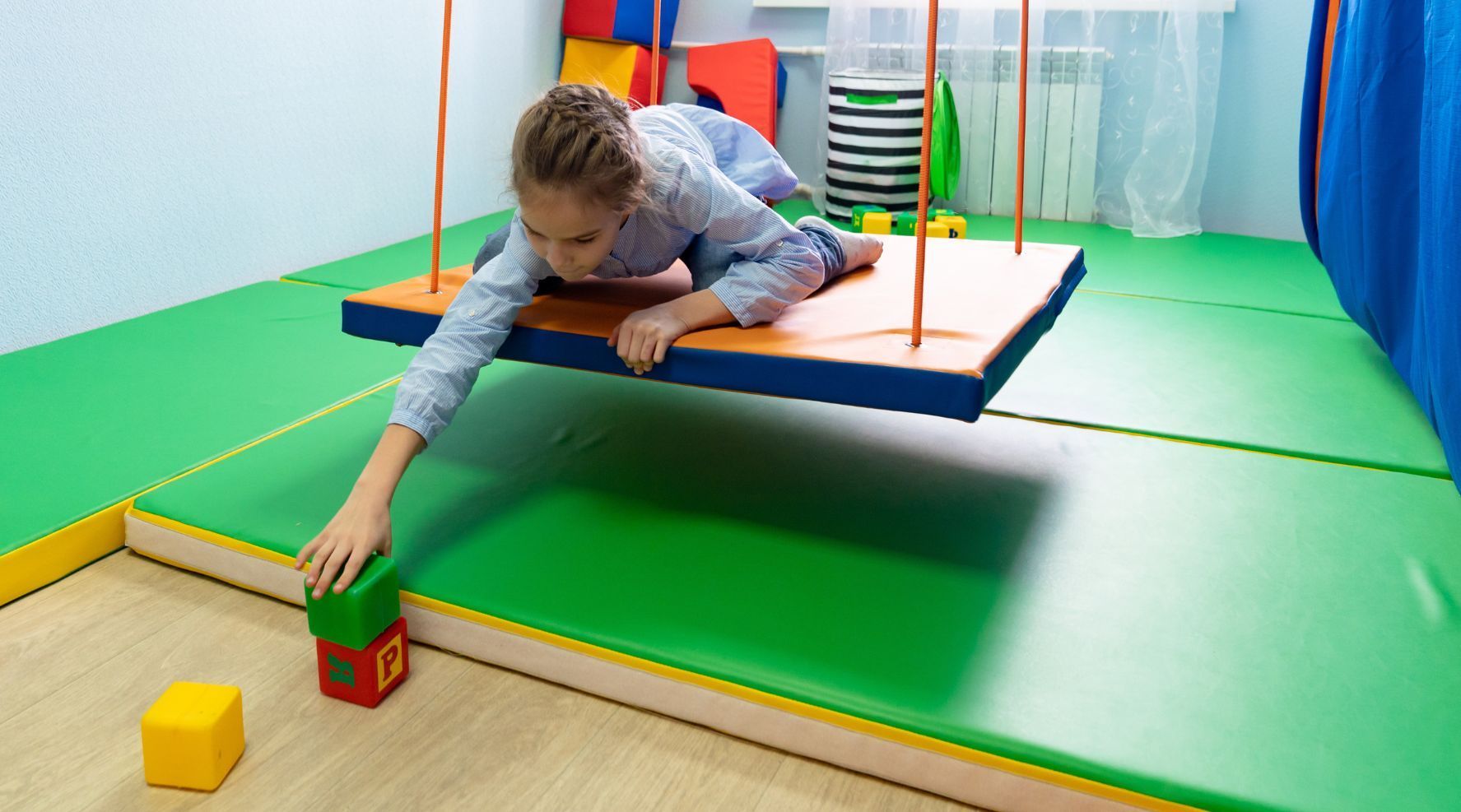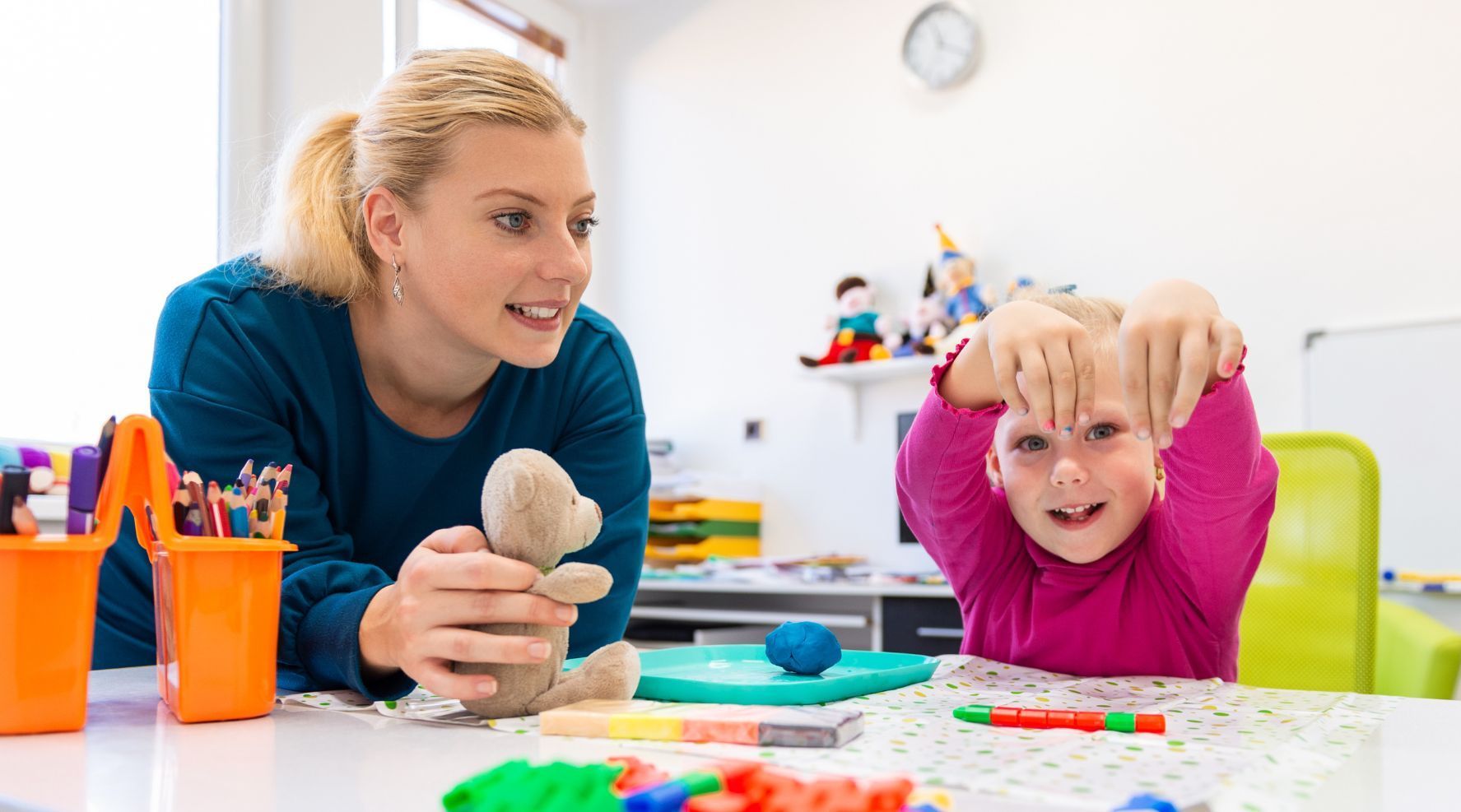Sensory Integration Therapy and Autism: What To Know
Some autistic people’s extreme reactions to light, sound, textures, foods, and smells may have to do with a kind of “sensory overload” in their brains, which are proven to have far more neural connections than neurotypical brains.
Some autistic people need more, not less, sensory stimulation to understand their environment and where their bodies are in space relative to objects. They may also need help understanding how the parts of their bodies relate to each other. Many autistic people have difficulty with both fine and gross motor skills.
Sensory integration disorders, also known as sensory processing disorders, describe a set of issues people may face when their brains interpret sensory input. When an autistic brain constantly fires off messages, trying to make sense of one discrete type of input becomes very difficult. It can be exhausting and tremendously frustrating.
Sensory Integration Therapy
Sensory therapy offers sensory experiences in a controlled environment. The theory behind states exposure can train a brain to be less anxious about input and to have a more socially acceptable response. The therapy may include exposure to lights, sounds, smells, and textures.
In addition to the five senses (sight, smell, touch, taste, and sound), we also have a vestibular system that regulates balance. The proprioceptive sense informs us where our bodies are relative to objects, and where our body parts are relative to each other. Sensory integration involves all these sensory systems.
What Kind of Therapist Uses Sensory Integration Therapy?
Occupational therapists usually provide sensory integration therapy. Often presented as a form of play, the therapy uses
sensory gym equipment to provide opportunities for children with sensory integration problems to encounter and process sensory information.
Along with lights, sounds, and textures, sensory gyms may include swings, crash pads, roller slides, balance beams, monkey bars, and mini climbing walls. They help kids process sensory input from their environments, and their own bodies.
Therapists may also use techniques like gently brushing the skin on the arms, a kind of exposure therapy that is thought to lessen a child’s sensitivities to textures. Professionals may also use weighted vests or blankets to help a child understand body awareness.
Not for Everyone
Sensory integration and autism haven’t been scientifically proven to be compatible. Most reports of results are anecdotal. While many kids respond well to this therapy, others find it increases their discomfort. For these kids, accommodations like noise-canceling headphones or alterations in the environment (dimmed lights, gentle music, or the availability of “squeeze” chairs or rockers) can help calm an overstimulated child.
If you think your child should try sensory integration therapy, get recommendations from other parents in your local autism community, and talk to several therapists about your child’s specific sensitivities.





